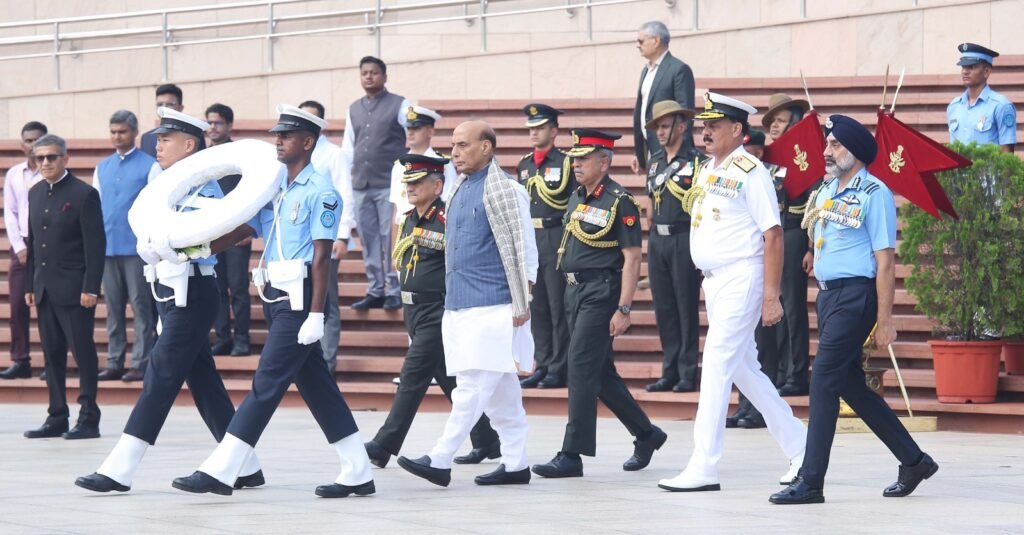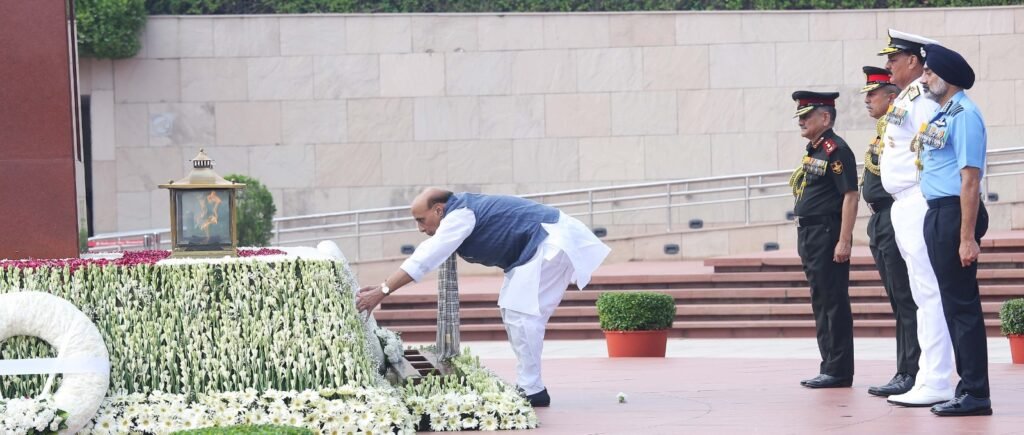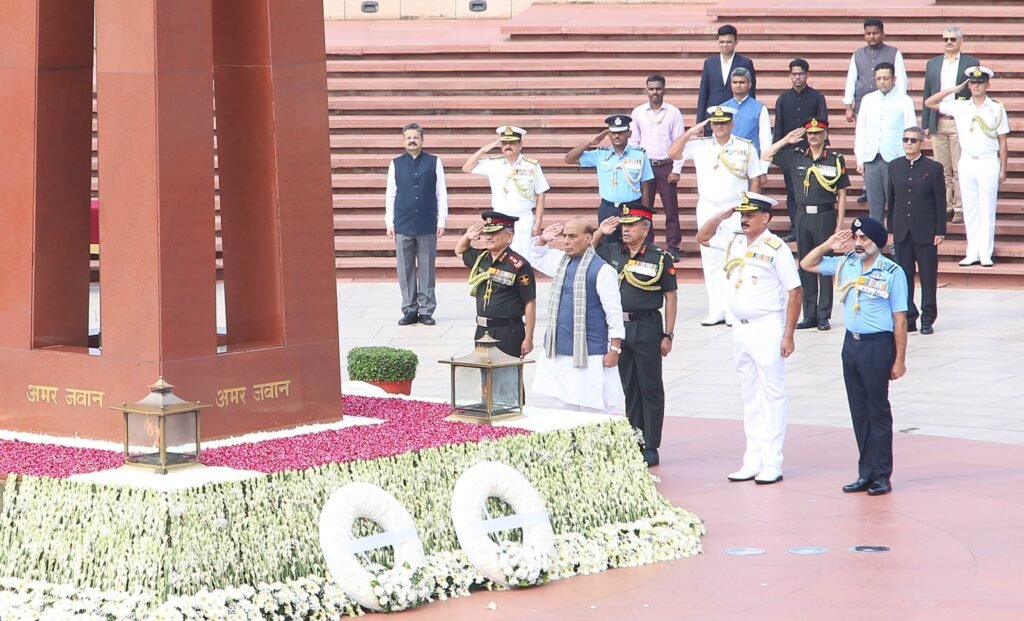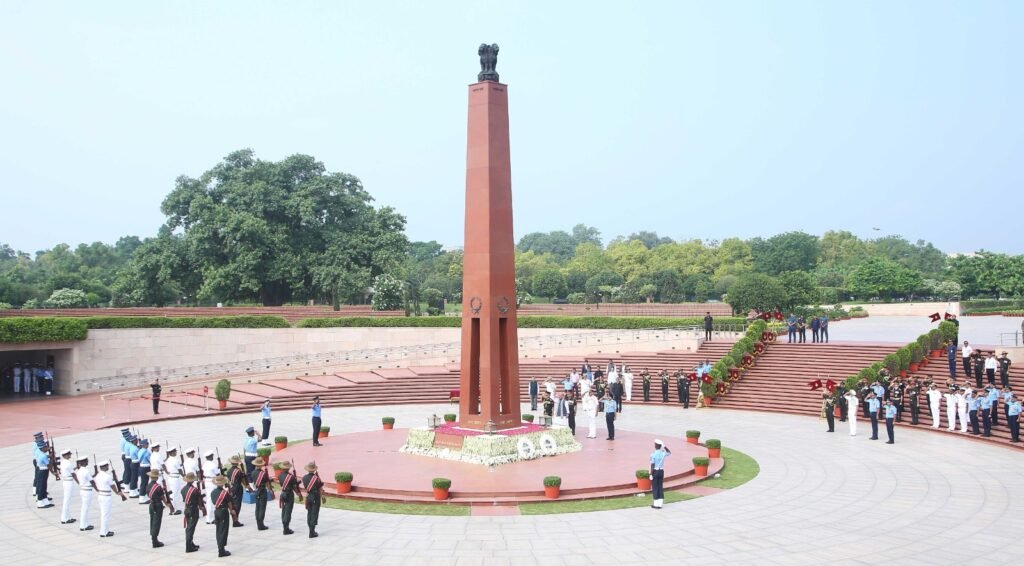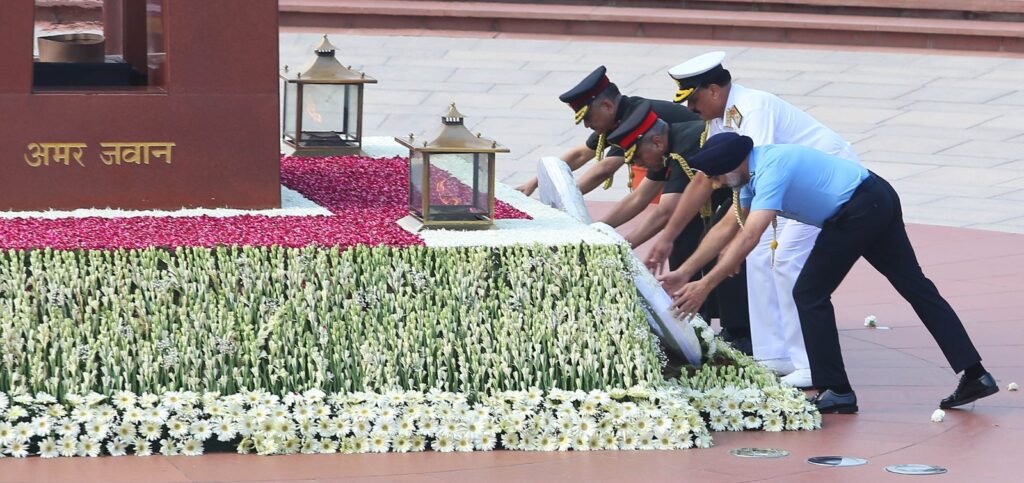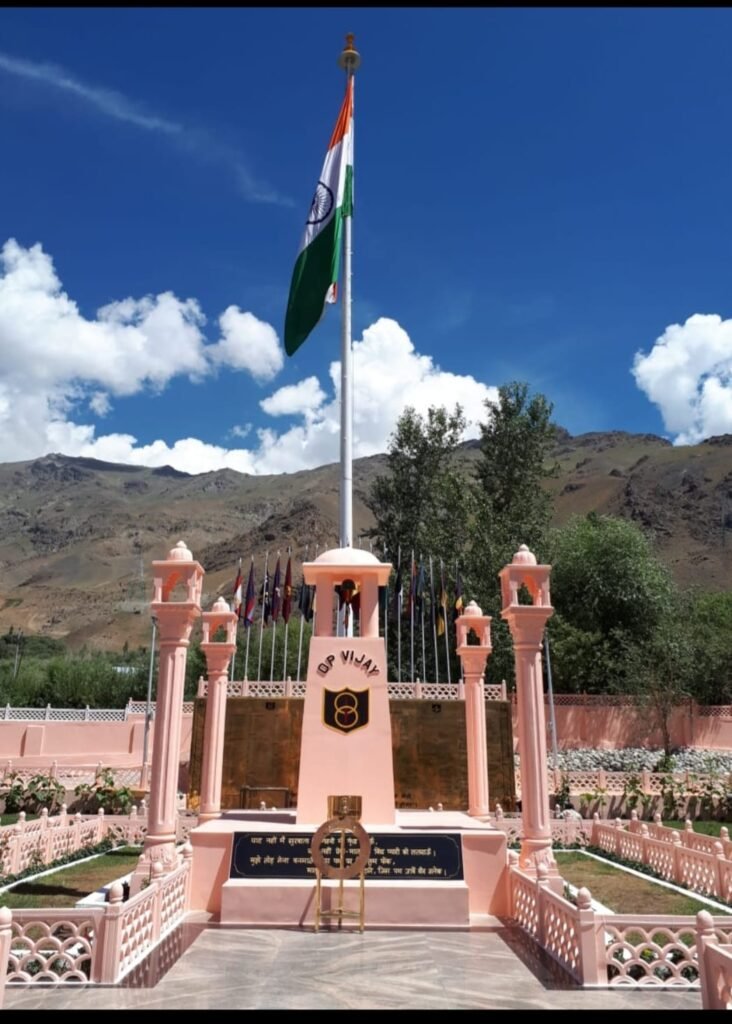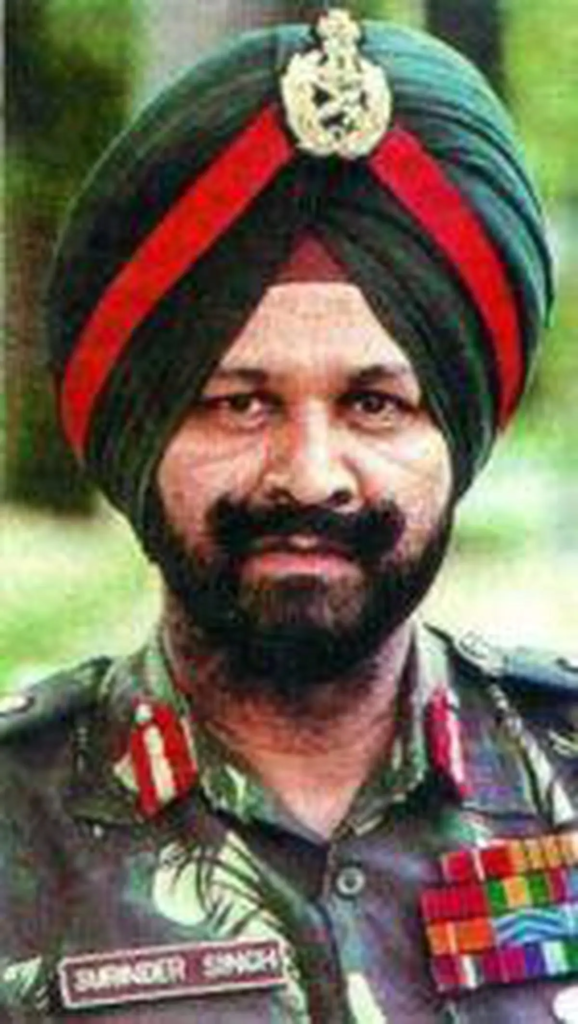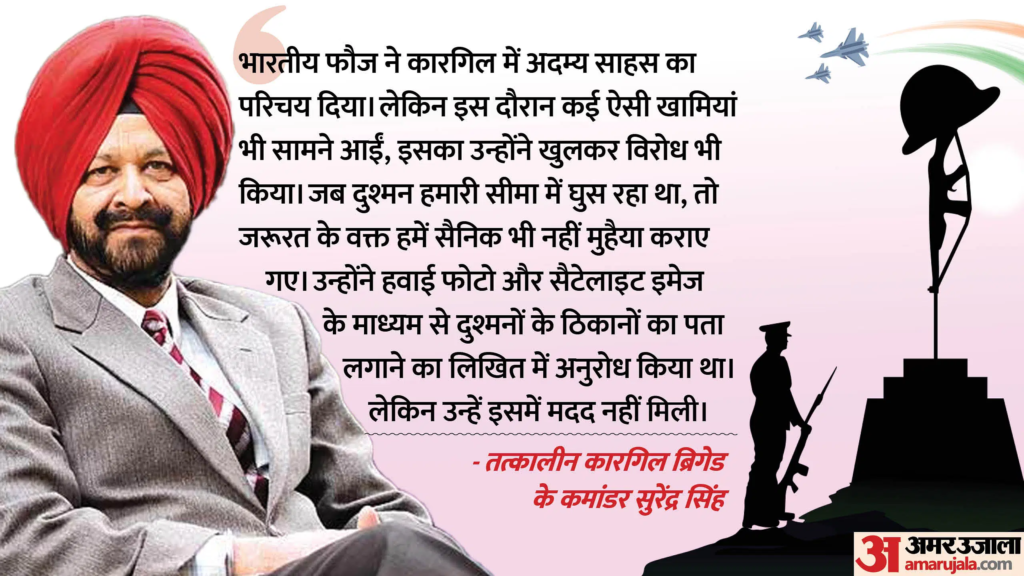This four-pronged initiative will integrate fighting components like infantry, mechanised infantry, armoured units, artillery, special forces and unmanned aerial systems (UAS) within each brigade
Ajay Banerjee Tribune News Service

In a major restructuring move, the Army is set to transform its war-fighting structure, empowering Brigades with greater firepower and operational autonomy under a new plan called ‘Rudra’.
This four-pronged initiative will integrate fighting components like infantry, mechanised infantry, armoured units, artillery, special forces and unmanned aerial systems (UAS) within each brigade. Unlike before — when, for example, an Infantry Brigade lacked armoured or drone elements — these integrated formations will now be self-contained and combat-ready.
The second component is the creation of ‘Bhairav’ units —lethal light commando battalions evolved from the existing ‘ghatak’ platoons. These specialised forces will be tasked with rapid response and border operations, especially along the LoC and in counter-insurgency zones.
The third pillar is ‘Shaktibaan’ artillery regiments, which will focus on drone warfare and loitering munitions — advanced weapons that can hover mid-air and strike precise targets on command.
The final element, ‘Divyastra’ batteries, will comprise infantry battalions equipped with drones and indigenous air defence systems. These units will strengthen the Army’s multi-layered air defence shield, successfully demonstrated during Operation Sindoor.
Importantly, this transformation won’t require fresh inductions. Instead, existing units — across infantry, armoured corps, artillery, engineers, UAVs and signals — will be reconfigured into integrated Brigades with dedicated logistics and combat support.
In 2023, the Army’s top commanders decided to restructure the force in phases, with the goal of transforming it into a lean, agile and tech-enabled 21st-century military. Key operational concepts — such as the creation of Integrated Battle Groups — had already been validated during field exercises in Punjab in 2013.
This decision was informed by a comprehensive 2022 study on “Re-organisation and Rightsizing of the Indian Army”, which examined existing operational structures with the aim of making them more efficient, adaptable and future-ready, especially in the context of evolving challenges along India’s western and northern borders.























































